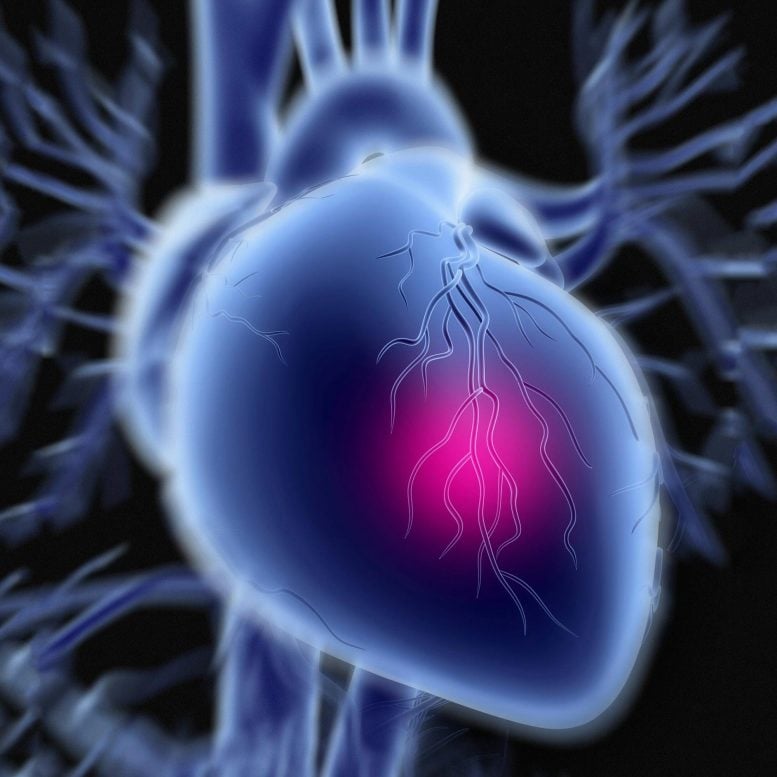New Research Shows Promise for Reversing Heart Damage

Researchers from the Stanley Manne Children’s Research Institute have succeeded in regenerating impaired heart muscle cells in mice, providing potential therapies for inherited heart defects and heart attack injuries. They managed this feat by inducing heart cells to return to a state similar to that of a fetus, where they can help themselves repair more efficiently through the better use of glucose. This research holds potential for new drug therapies that take advantage of this regenerative process and could have significant bearings on paediatric and adult cardiac care.
The team, stationed at the Stanley Manne Children’s Research Institute of the Ann & Robert H. Lurie Children’s Hospital of Chicago have come up with an innovative method to regenerate damaged heart muscle cells in mice. This landmark technique could usher in new treatment options for children suffering from congenital heart defects as well as adults recuperating from heart attack damages, as per a study in the Journal of Clinical Investigation.
A rare congenital defect of the heart, Hypoplastic left heart syndrome, or HLHS happens when the left side of an infant’s heart does not develop as it should during gestation. This condition affects approximately one in 5,000 babies and is the reason behind 23 percent of cardiac deaths in the first seven days after birth.
Senior author Paul Schumacker, PhD, Patrick M. Magoon Distinguished Professor in Neonatal Research at Lurie Children’s and Professor of Pediatrics, Cell and Molecular Biology, and Medicine at Northwestern University Feinberg School of Medicine, says that the cells responsible for heart muscle contraction, the cardiomyocytes, can regenerate in newborn mammals, but they lose this capability as they age.
“Post-birth, the cardiac muscle cells can still undergo cell division mitotically,” mentions Dr. Schumacker. “For instance, if a newborn mouse’s heart sustains damage when it is a day or two old, and then you wait until it grows to adulthood, you would never know that part of the heart was ever damaged.”
In their present study, Dr. Schumacker and his team explored the possibility of adult mammalian cardiomyocytes returning to the regenerative fetal state.
As fetal cardiomyocytes depend on glucose for survival, as opposed to adult cells that generate energy through their mitochondria, Dr. Schumacker and his team removed the mitochondria-related gene UQCRFS1 from the hearts of adult mice, compelling them to go back to a fetal-like state.
Upon observing adult mice with heart tissue damage, researchers saw that their heart cells began to regenerate after the inhibition of UQCRFS1. These cells also began to consume more glucose, which is characteristic of the functioning of fetal heart cells, as indicated by the study.
The results imply that by enhancing the glucose utilization, cell division and growth could be restored in adult heart cells. This could provide a new course for treating damaged heart cells, adds Dr. Schumacker.
“This marks a first step towards addressing one of the consequential questions in cardiology: How do we make heart cells recall how to divide so they can help repair hearts?” queries Dr. Schumacker.
Taking this discovery forward, Dr. Schumacker and his team will concentrate on finding drugs that can incite this reaction in heart cells, without needing any gene manipulation.
“If we could identify a drug that would activate this response similarly to gene manipulation, we could then cease drug administration once the heart cells have grown,” expresses Dr. Schumacker. “In relation to children suffering from HLHS, this breakthrough could allow us to restore the thickness of the left ventricular wall to its normal state. That would be a lifesaver.”
This approach could also aid adults who have sustained heart attack damage, says Dr. Schumacker.
The study was financially supported by several grants from the National Institutes of Health, including HL35440, HL122062, HL118491 and HL109478.




